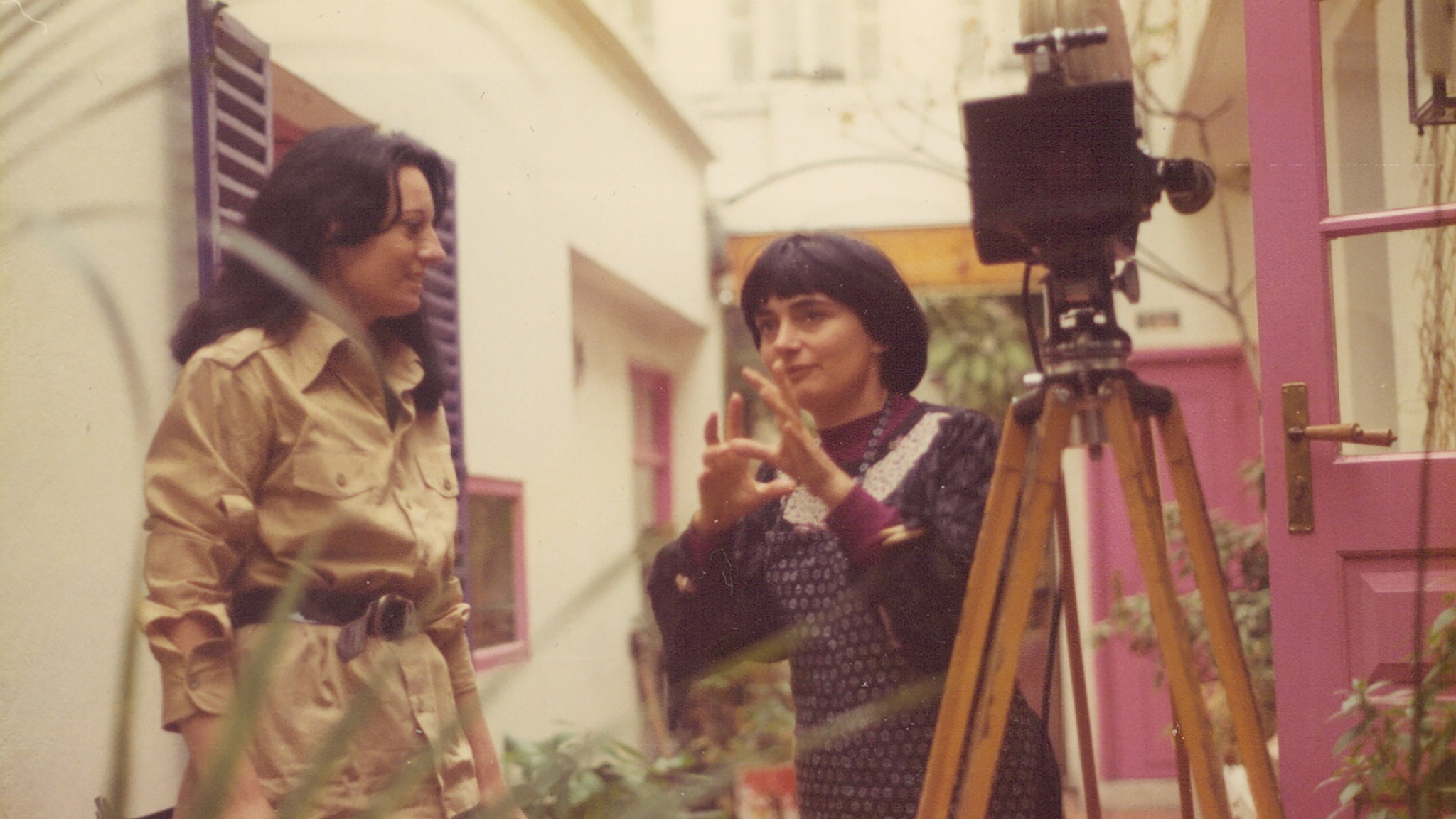In intimate interviews with fellow female directors working in the European and US arthouse film industry of the 1970s and ‘80s, a revisionist history of cinema comes to light
Between the mid-1970s and late 1990s, the German director Katja Raganelli made dozens of documentary portraits of women filmmakers and artists. These made-for-TV films, which range from 45 minutes to an hour, might at first seem conventional: there are talking heads, film clips, old photographs and archival materials. At their heart, however, are long, winding interviews with the subjects themselves and observational footage of them as they go about their lives. We see the artist Annott (Annott: Portrait of a Painter and Activist, 1976) perusing a gallery exhibition with her friend; the filmmaker and performance artist Valie Export (Valie Export: Portrait of a Film director, 1981) with a devilish smile on her face as she talks about her offbeat childhood; the Swedish director Mai Zetterling (Maybe I Really Am A Sorceress, 1989) at her dinner table, surrounded by white flowers, monologuing at length, in uninterrupted, long takes.
Raganelli’s fascination with these women, as evidenced by her camera’s patient gaze, is both intimate and deferential. Raganelli’s crews were tiny – just her, Konrad Wickler (her regular collaborator and eventual husband) on camera, and perhaps a sound engineer – which allowed her subjects to feel at ease. Accustomed to being trivialised or treated indifferently by the press, and often working in their husbands’ shadows, many are evidently delighted to be paid such unwavering attention. But Raganelli wasn’t a journalist hunting for juicy details, or a biographer trying to impose some grand narrative on a mysterious life. She was more like a guest, invited into others’ homes to observe and take in whatever her hosts felt inclined to offer.
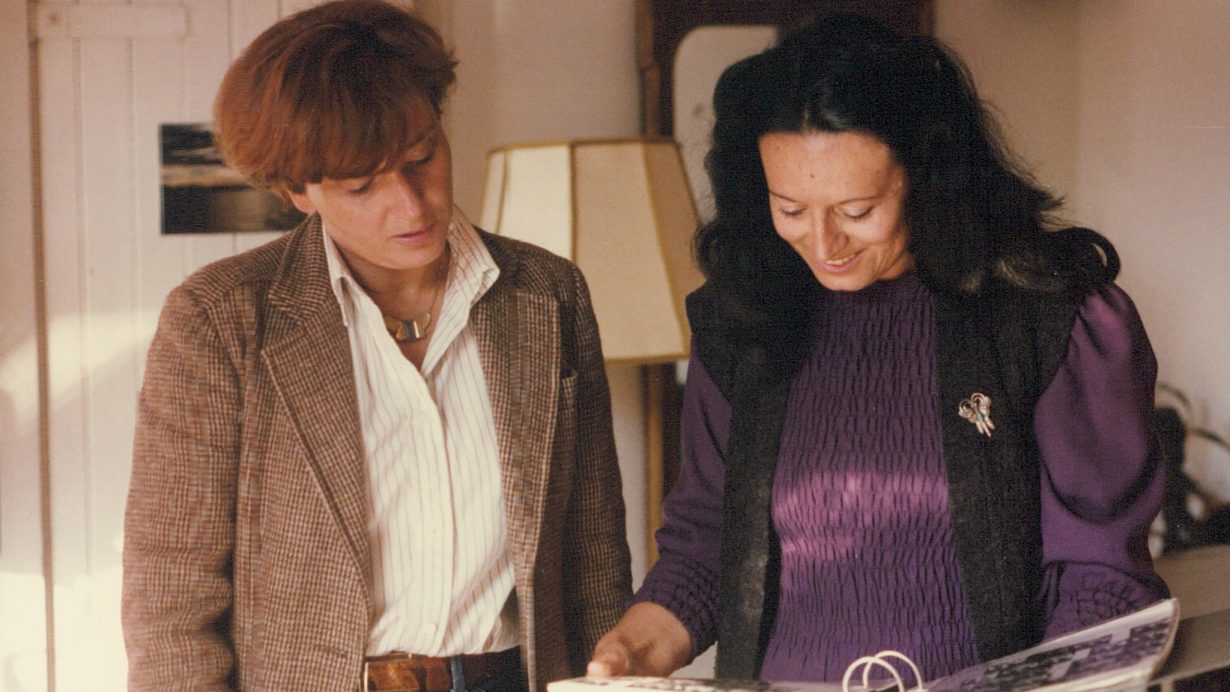
A few of Raganelli’s documentaries are narrated histories of women whose lives and work largely predated Raganelli’s – like Alice Guy-Blaché, who in 1896 became the first woman to direct a film, and Lotte Reiniger, a pioneer of stop-motion silhouette animation. Relying on archival imagery, those works weave together biography and film history to demonstrate the relationship between the women’s backgrounds, why they gravitated toward their crafts, and the conditions of their working lives. The majority of Raganalli’s films, however, are about her female filmmaker contemporaries – women in the world of American and European film whom she learned about and, like a painter, simply asked to sit for her as her subjects.
This year’s International Film Festival Rotterdam (IFFR) has dedicated a retrospective series to Raganelli’s documentary portraits. Viewed together, these works seem to create an alternative feminist revisionist history of film, one not guided by the canon (which has been determined by primarily male critics and tastemakers), but by a woman on the fringes of the filmworld whose whims, travels and friendships gave her access to a quietly influential constellation of female artists and independent filmmakers. Still, at the IFFR, where Raganelli was in attendance, she seemed unwilling to label her work as strictly feminist – perhaps because she worked independently, with her partner, outside the circles of solidarity spearheaded by some of the women she profiled whose work was rooted to their activism. Her ambivalence, nevertheless, reflects her approach to portraiture: she had no interest in championing her subjects as strictly feminist heroes; she only sought to bring them to life, vividly and in all their complexity.
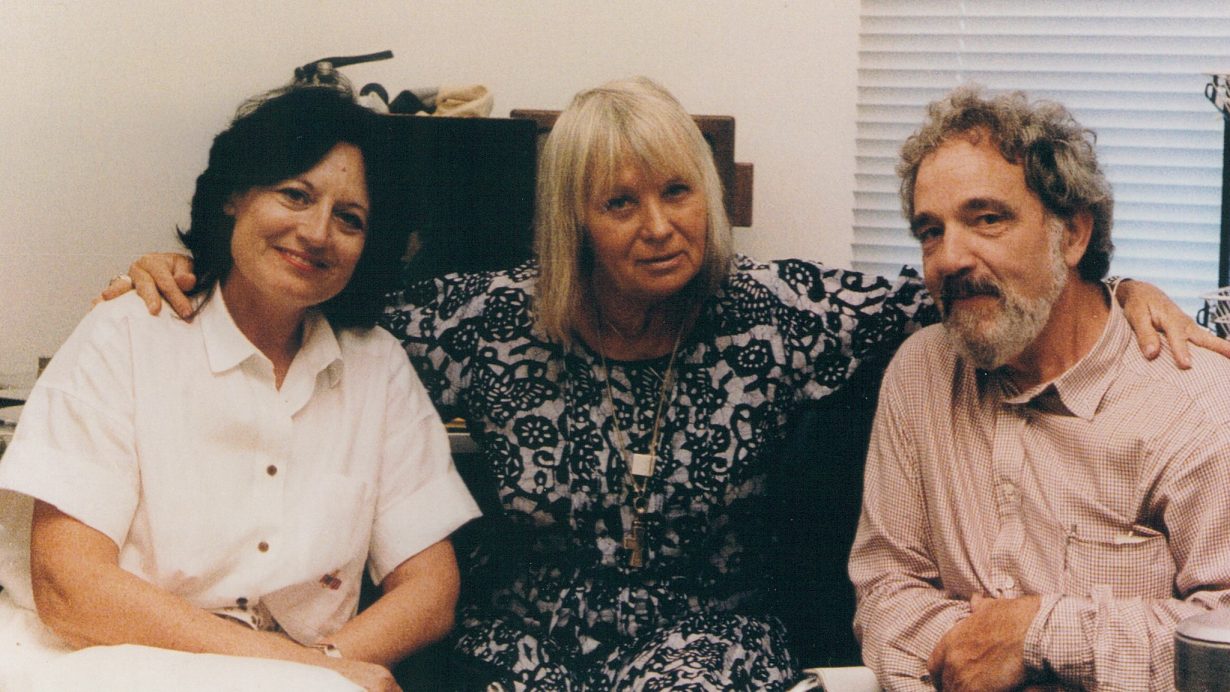
Yet Raganelli is no stranger to the challenges faced by women seeking to make their way in the film industry. Born in Split in the former Yugoslavia in 1938, she moved to Germany in her mid-twenties. Her German still wobbly, she nonetheless joined the inaugural class of the newly-founded University of Television and Film in Munich, where she was one of just four women. After graduating in 1971, Raganelli wrote a feature-length script that was greenlit by a German broadcaster. Despite having made a trio of narrative shorts as a student, one of which was screened on television, her producers insisted on hiring another person – a man – to direct. The denial of funding and support for early-career filmmakers to direct their first features (or otherwise being forced to compromise artistically) because of their perceived inexperience has disproportionately affected would-be female directors.
Since the earliest days of cinema at the turn of the twentieth century, men have controlled studio production, distribution and financing in commercial film industries around the world, with gender bias and gatekeeping limiting the number of women in positions of creative authority (such as director or cinematographer). Though opportunities have increased for women in recent years, there remains a significant disparity with roots in this precedent: between 2017 and 2021, for example, women accounted for only 25 percent of all directors of European feature films, while the gender pay gap for actors persists even as onscreen representation of female stars has rocketed. Several of Raganelli’s documentary subjects attest to this discrimination matter-of-factly as they seem to lock eyes with the director behind the camera in mutual recognition. In Love is a Myth: Portrait of Delphine Seyrig (1978), the French actress Delphine Seyrig (the star of Jeanne Dielman, 23 quai du Commerce, 1080 Bruxelles, and a passionate advocate for the women’s rights movement) recalls encouraging Marguerite Duras to speak up for herself on the set of her directorial debut, La Musica (1966), in which Seyrig plays a woman reconnecting with her ex-lover. Despite Duras’s literary fame and her award-winning screenplay for Hiroshima, mon amour, (1959), she was forced to work with a male codirector on the film.
Unable to find directing work in film, Raganelli pivoted to the world of television, which lacked the artistic shimmer of film but nevertheless offered more opportunities for women. Beginning in the 1960s, when public broadcasting was a more dominant (and more heavily subsidised) cultural force, television producers commissioned and bought documentaries to complement films or live shows, often as educational resources. These programmes were known to screen once or twice to little or no fanfare, and their makers were considered more like anonymous tradespeople than auteurs. Real cinema was made by male ‘geniuses’, while women were considered incapable of commanding the same intellectual authority. For several years, she found steady income directing episodes of a documentary series about food and dining, essentially retiring her dreams of making fiction features.
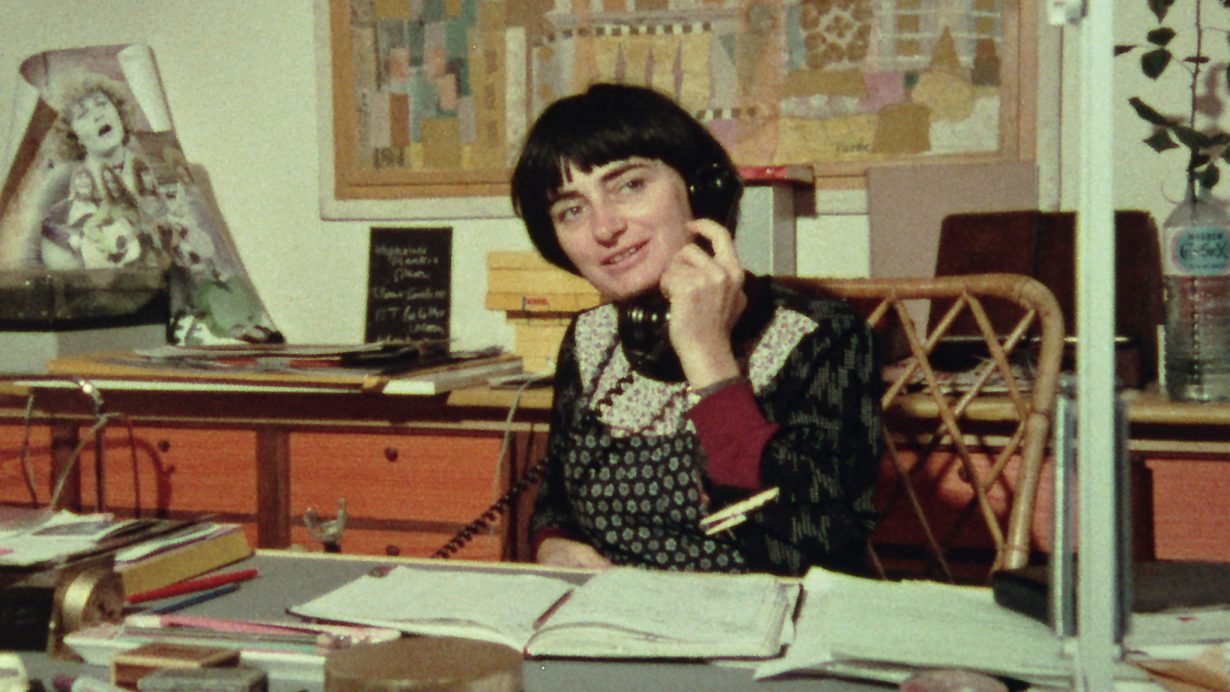
In the mid-1970s, Raganelli was intrigued by the success of Agnès Varda, the so-called godmother of the French New Wave, who, by 1977, had founded her own production company (Ciné-Tamaris) and had started working on her seventh feature One Sings, the Other Doesn’t (1978). Raganelli gained an introduction to Varda through a critic friend, and was eventually invited to visit the shoot of the film in Paris. What she saw was radically unlike the typically hierarchical version of a film set in which the male director is an authoritarian figure, barking orders at his underlings and a female lead who doubles as a muse. Varda’s crew was made up of more women than men, her methods were improvisatory and involved open discussions with her collaborators, and even the crew’s children could be seen running around between takes. Varda rejected the idea that women’s domestic lives should be isolated from their professional ones. Raganelli made Women are Naturally Creative: Agnès Varda (1977) on spec. Together with Wickler, the cameraman and producer on all her films, Raganelli often self-financed her documentaries about women using money from her for-hire gigs, and later sold them to German television companies.This model was risky but not uncommon.
After selling her documentary about Varda, Raganelli began searching for other similarly fascinating women, using her previous connections to vouch for her and her non-intrusive methods. In Paris, she met the Swiss filmmaker Liliane de Kermadec (Women Must be Born Twice, 1979), who introduced her to Delphine Seyrig (Love is a Myth). Seyrig then told Raganelli that she was preparing to star in a new film by the Hungarian writer-director Márta Mészáros, who later invited Raganelli to the set in Budapest (Portrait of a Hungarian film director, 1979). Curiosity and circumstance dictated Raganelli’s choice of subjects, though the uncertain nature of her post-production and financing methods meant that some of her projects would remain incomplete. Raw footage of her conversations with filmmakers like Joan Tewkesbury (an American writer-director who collaborated with Robert Altman and went on to direct TV movies and series) and Martha Coolidge (an American independent filmmaker best known for Valley Girl, 1983, and the early Laura Dern-vehicle Rambling Rose, 1991) remain in her vault to this day.
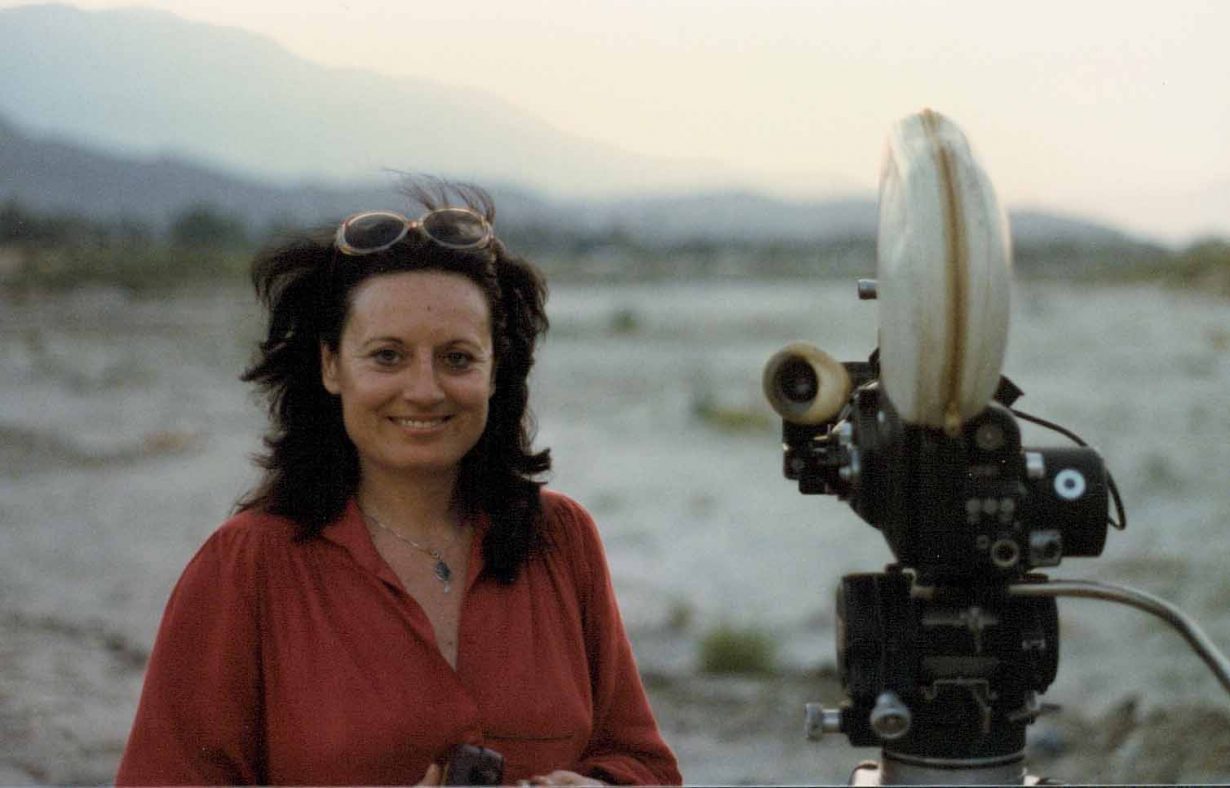
Though Raganelli wasn’t overtly engaging with other modes of feminist film and video production, her approach – which privileges the female subject, allowing her to speak for herself, on her own terms, directly to the camera – nevertheless bears similarities to other documentaries made during this pivotal decade for women’s liberation. Think Chantal Akerman’s Tell Me (1980), in which the filmmaker speaks to women (including her own mother) who have survived the Holocaust; or Liane Brandon’s Betty Tells Her Story (1972), in which a woman recounts her experience of losing a cherished dress in two different tellings. Even Seyrig’s very own Be Pretty or Shut Up! (1981) takes this form, creating a tapestry of various testimonies from other actresses about their discrimination and abuse on set. These films, which consist entirely of one-to-one interviews, highlight the enraging realities of women’s everyday lives, using their candour to underscore second-wave feminism’s battle cry: ‘the personal is political’. Though Raganelli’s films employ other explanatory materials compared to those stripped-down films, they are built around interviews of comparable directness, allowing women artists to tell their stories, as forces of historical creation in and of themselves.
Beatrice Loayza is a writer and editor based in New York. She is a regular contributor to the New York Times, the Criterion Collection, Film Comment and Sight & Sound
